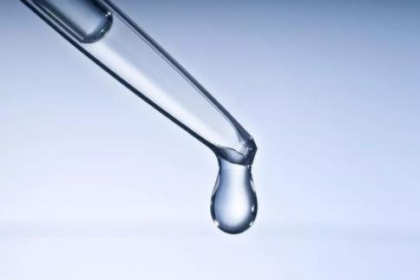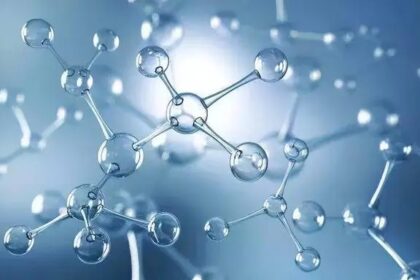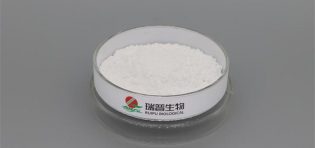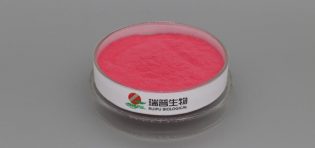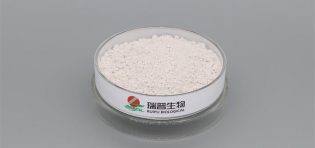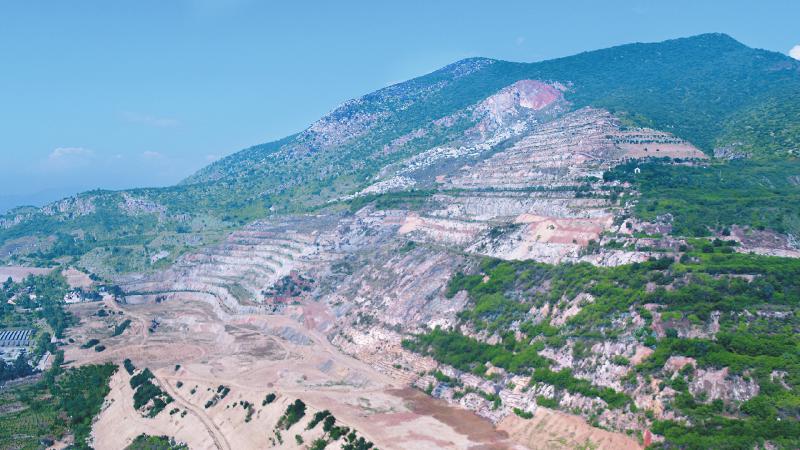
The main raw materials for producing magnesium oxide include magnesite, dolomite, serpentinite, and slag from lightweight magnesium alloy smelting.
Magnesite is one of the primary sources of magnesium oxide, with an MgO content of around 47%. Solid-state powder of MgO can be obtained through light calcination and grinding of magnesite ore. Magnesite is widely distributed in provinces and autonomous regions such as Liaoning, Xinjiang, Sichuan, Shandong, and Tibet, with abundant reserves.
Dolomite [CaMg(CO3)2] is another important source of magnesium oxide, with an MgO content of approximately 22%. The delineation of dolomite is based on an MgCO3 content of over 25%; otherwise, it cannot be used as a raw material for magnesium oxide production.
Serpentinite [Mg6(Si4O10)(OH)2] is also a raw material for producing magnesium oxide, mainly composed of hydrated magnesium silicate.
Additionally, slag from lightweight magnesium alloy smelting is also one of the raw materials for magnesium oxide production.
In the actual production process, these raw materials undergo crushing, beneficiation, calcination, smelting, and purification steps to obtain the required magnesium oxide products. The specific production processes and steps may vary depending on production conditions, types of raw materials, and the intended use of the products.
The selection and treatment of raw materials have a significant impact on the quality and performance of the final product. Therefore, it is necessary to strictly control the quality and process parameters of raw materials during production. Since magnesium oxide production involves high temperatures and chemical reactions, safety regulations should be strictly followed to ensure production safety.

